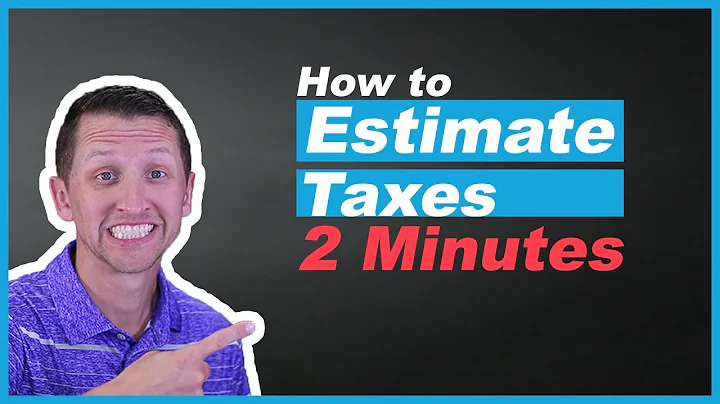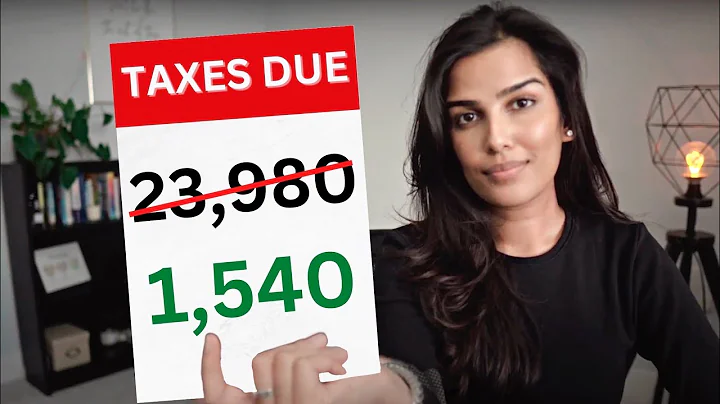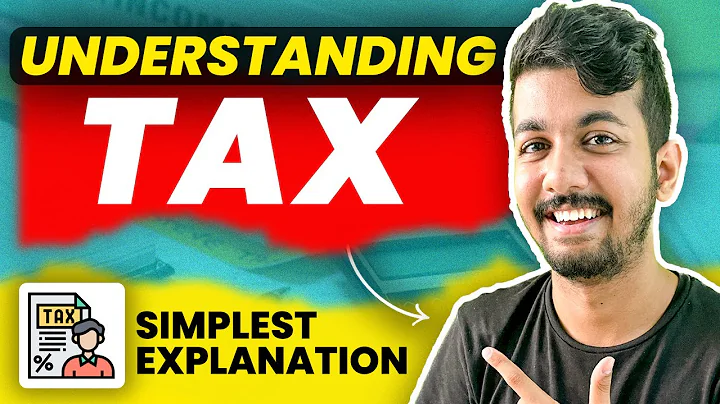Taxation, that is, the implementation process of taxpayers in taxation, is to pay part of the collective or individual income to the state at a certain rate according to the provisions of various national tax laws.
Today Finance and Taxation Editor Shang Tianze will share with you the tax filing process for general taxpayers and small-scale taxpayers. Before explaining this topic, let us first clarify the basic definitions of these two types of taxpayers.

General taxpayers refer to enterprises and corporate entities whose annual value-added tax sales, including all taxable sales within a calendar year, exceed the standards for small-scale taxpayers stipulated by the Ministry of Finance. The characteristic of general taxpayers is that the input VAT can be deducted from the output tax.
Small-scale taxpayers refer to VAT taxpayers whose annual sales are below the prescribed standards and whose accounting is not sound and cannot submit relevant tax information as required.

Now, the finance and taxation editor Shang Tianze will give a detailed explanation of the tax filing process for these two types of taxpayers!

General taxpayer tax declaration process
Full explanation of the tax declaration process
General taxpayer's VAT declaration
When we declare VAT for general taxpayers, we need to clarify two things: Invoicing data and deduction data . The invoicing data is what we often call the output tax, and the deduction data is what we often call the input tax.
1. Invoicing data
(1) Obtaining data
In the course of business operations, an enterprise will issue invoices when doing business. After the tax report of the new enterprise, the tax type and invoice type were approved, and the tax control was applied. After that, you can apply and issue an invoice. At the beginning of each month, a tax return form is written based on the invoicing data of the previous month in the invoicing system.
Step one: At the beginning of each month, open the invoicing system (take the golden tax disk as an example) and query it in the tax declaration processing-monthly statistics.
Step 2: Select the period, based on March 2021, and select March invoicing information.
Step 3: Find the invoicing summary, print it out and attach it to the accounting voucher as an output tax summary table and file it:
The information in the "Invoicing Summary" is the key to filling out the output tax in Schedule 1 of the VAT return. source.
(2) Output verification
Check the difference between the invoicing data of the invoicing system and the value-added tax payable - the output tax amount.
Common differences include the following:
 . Accounting errors
. Accounting errors
For example, errors in the income amount and tax amount appear when entering the voucher.
 . The invoice was issued incorrectly
. The invoice was issued incorrectly
For example, the same invoice was issued repeatedly. At this time, the declaration form also needs to fill in the duplicate invoice first, because the one-window comparison declaration amount must not be less than the invoicing data. The difference between the declaration form and the accounting will be recorded for reference, and the red letter will be used to offset the duplicate invoice in the next period.
3. The invoice was invalidated by mistake
There may also be manual errors, and the invoice of the current month was accidentally invalidated.
4. Invoiced unearned income
Sometimes when invoicing is received for advance payment, the revenue recognition conditions have not yet been met, which will also cause discrepancies. It is reasonable that there is no such income in the financial account, but the invoiced amount must be used when reporting. declare.
5. Uninvoiced income
Some customers do not need invoices, but for tax purposes, although no invoices have been issued, they have formed substantial business, so even if no invoices have been issued, the income must be recognized and output tax has been accrued.
6. Deemed sales
Deemed sales are not included in the income in accounting processing, but they need to be filled in the value-added tax return.
In other words, although the above types of differences are reasonable, when filling in the VAT return form, the data exported from the tax control disk should prevail. For the amount of the difference, accounting adjustments or invalidation of invoices need to be made after reporting.
2. Deduction data
(1) Obtaining data
The deduction data we come into contact with most every day is the special value-added tax invoice deduction, which is what we often call input tax. You can log in through the electronic website of the local tax bureau, as shown in the figure:
Step 1: Log in to the electronic tax bureau
Step 2: Select "Invoice Comprehensive Service Platform" and click to enter
Step 3: Select "Deduction Check" and select this Monthly invoices that require certification and click "Submit"
Step 4: Select "Summary Statistics"
Step 5: Select "Application Statistics".
(2) Input verification
Check the difference between the deduction details and the VAT payable on the account - the input tax amount.
Common differences are as follows:
1. Accounting errors
has been certified for deduction normally, but there is an error in the recorded cost and input tax amount.
2. Less deduction: missing certification
The input tax has been recorded in the financial account, but it has not been certified in the VAT invoice deduction system this month. What needs to be noted here is that the time to check the certification must be this month and the previous month, not this month and this month.
For example: In February 2021, input invoices received in January 2021 and before can be checked in the VAT certification system, but those in February cannot be checked.
3. Too much deduction: What should not be deducted
If there is a deduction that should not be deducted in this period, input tax needs to be transferred out.


Small-scale taxpayers
Comprehensive explanation of the tax filing process
Step one:
Login selection: First open the electronic tax bureau, and the system will automatically pop up content related to the inclusive tax reduction policy for small and micro enterprises;
Step 2:
click "I want to file taxes" - "Declaration of tax" - "Declaration of small-scale VAT taxpayers";
P1: If you are a small-scale taxpayer with monthly sales not exceeding 100,000 yuan (declaring 300,000 yuan on a quarterly basis), select " Fill in the tax exemption declaration (small and micro enterprises)" module simply;
P2: If you are a small-scale taxpayer with monthly sales exceeding 100,000 yuan (declaring more than 300,000 yuan on a quarterly basis), select "Fill in the form and declare" - "Fill in the form now" ;
The third step:
Report filling: First, in the form filling interface, a warm reminder will be sent whether to file a tax return;
Then click "OK", and an introduction to the inclusive preferential policy will be prompted;
Then click "OK", and a pop-up will appear Reminds you whether real estate sales occurred during this period.If it happens, fill in the tax-exclusive amount after subtracting the original value of the real estate (if the real estate sales is 110,000 yuan, you need to follow the prompts to "fill in the tax-exclusive amount based on the difference after deducting 110,000 yuan from the real estate"); if it does not happen, , click "Continue to fill in" to enter the report filling interface.
Truthfully fill in the sales, goods and services, services, real estate and intangible assets in the current period, and calculate the total amount;
Finally, based on the data filled in, the system will remind you for the second time if the total exceeds the threshold, whether real estate occurred in the current period. Sales, taxpayers can choose "Yes" or "No" to proceed to the next step. If you select "Yes", the taxpayer needs to fill in the real estate sales that occurred in the current period;
Step 4:
Submit the declaration: Completely fill in and meet the verification rules, click the "Save" button at the bottom of the report, and click the "Declaration" button , initiate a declaration. The report status will change to "Declaration Successful";
Step 5:
Tax payment: If there is tax to be paid in this period, click the "Pay Tax" button. You can use the three-party agreement to deduct money online, or print the bank payment receipt and go to the bank to deduct the money.

The above are the tax return procedures for two types of taxpayers. Do you understand them all?





















